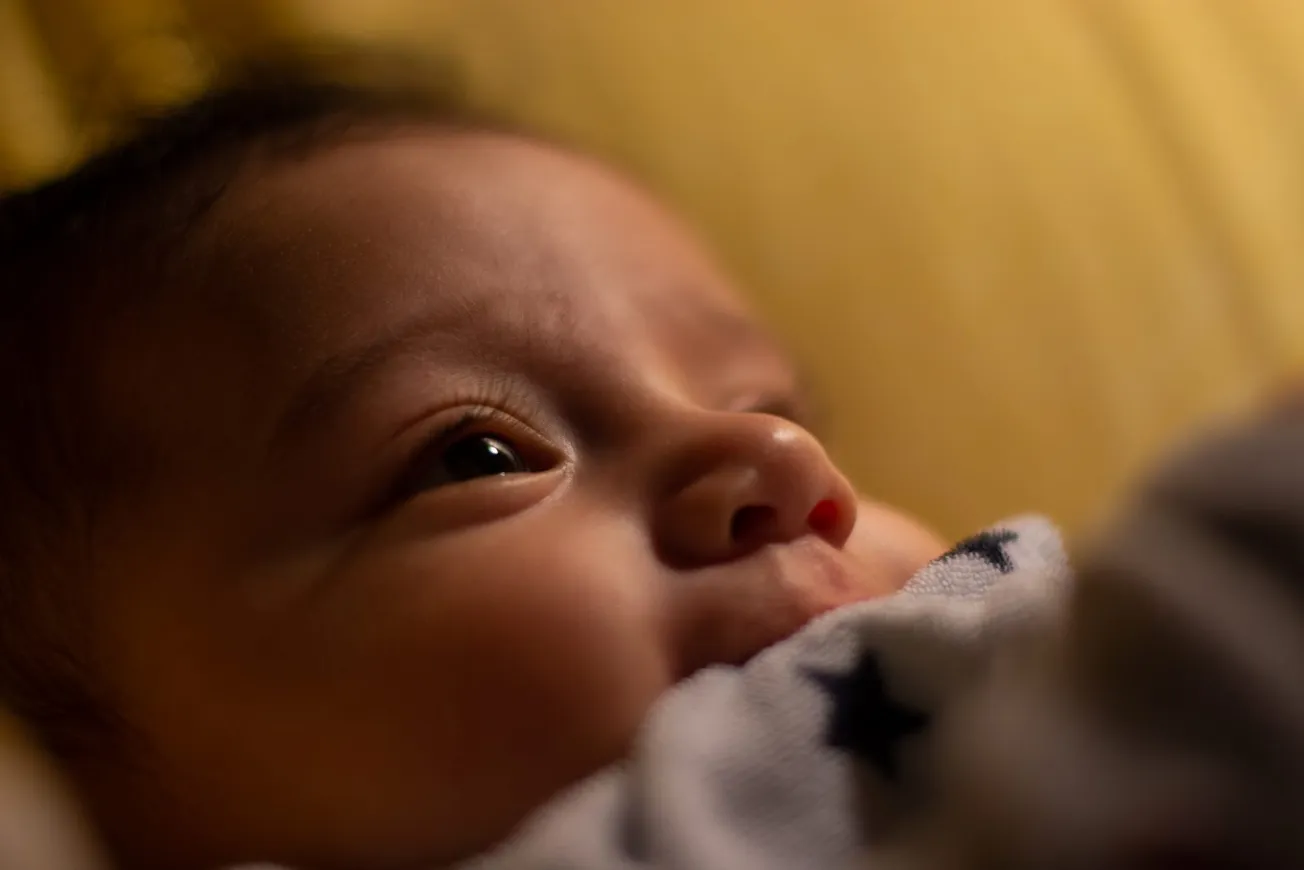Lindsay Mitchell
Welfare Commentator and researcher
lindsaymitchell.blogspot.com
In 2019 over 6,000 babies were added to an existing benefit.
“Information released to me under the OIA shows that 6,190 caregivers had added one or more ‘subsequent children’ aged less than 12 months to their benefit during 2019. That represents one in ten of all babies born last year. For Maori, the ratio doubles to one in five.”
Having more babies when unable to independently provide for existing children entrenches long-term dependency. Children on a benefit from birth are more likely to experience abuse and neglect, material hardship, poorer health and educational outcomes, and contact with the justice system.
“To disincentivise adding children, in 2012 the National government introduced a policy whereby the requirement to return to part-time work when the youngest child turned five (later reduced to three) could not be delayed by having another baby. “
In the prior years 2006-2010 the annual average number of subsequent children born to parents on benefit was 4,800.* The situation appears to have worsened since.
“From July 2018 parents on benefits were paid an additional $60 weekly for newborn children. ‘Best Start’ payments apply whether or not the baby is a ‘subsequent child.’ “
msd.govt.nz/documents/about-msd-and-our-work/publications-resources/regulatory-impact-statements/ris-welfare-reform-phase-one-social-security-amendment-bill-no1-.pdf
National disincentives and Labour incentives present a mixed and ultimately unsuccessful message as New Zealand fails to deal with the root of so many social problems.









